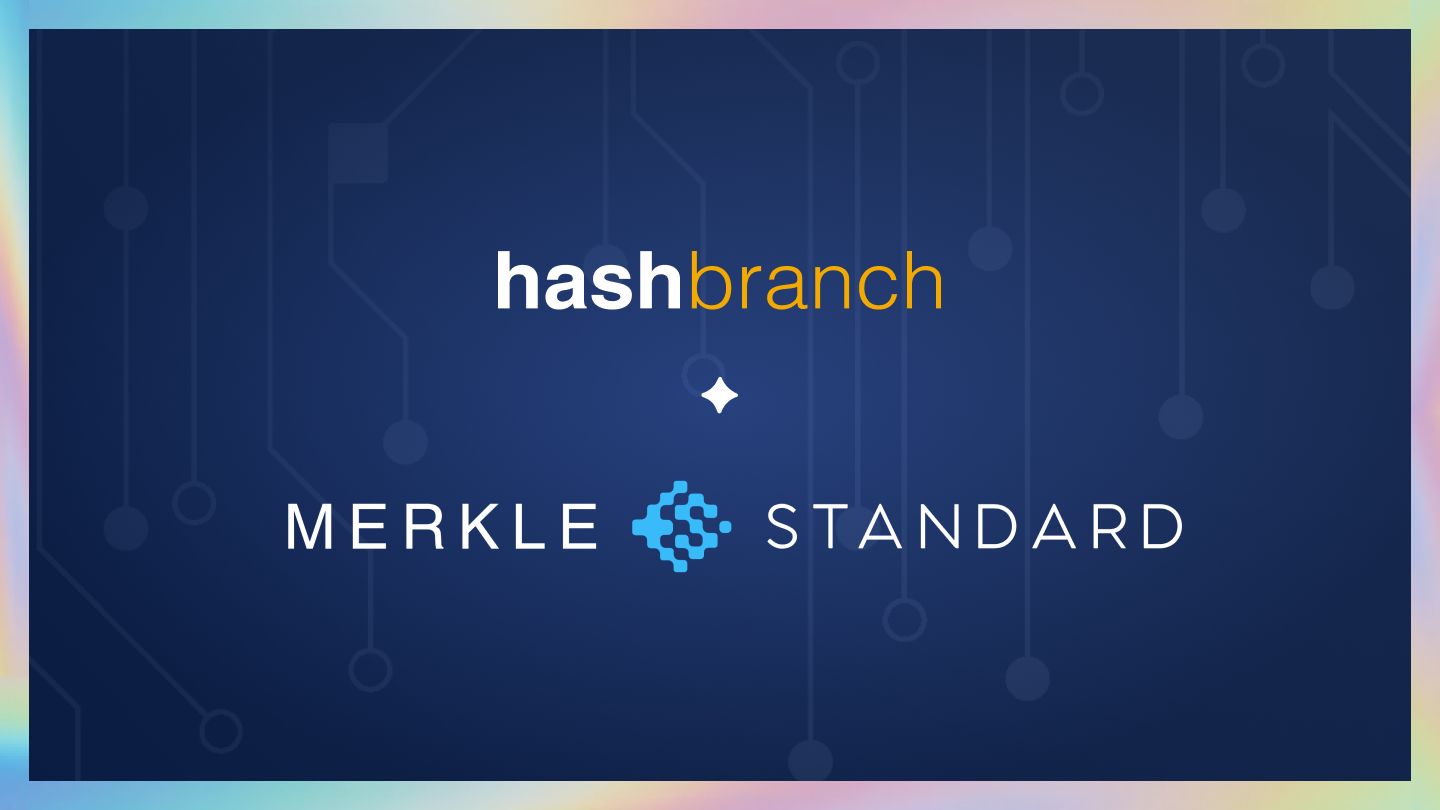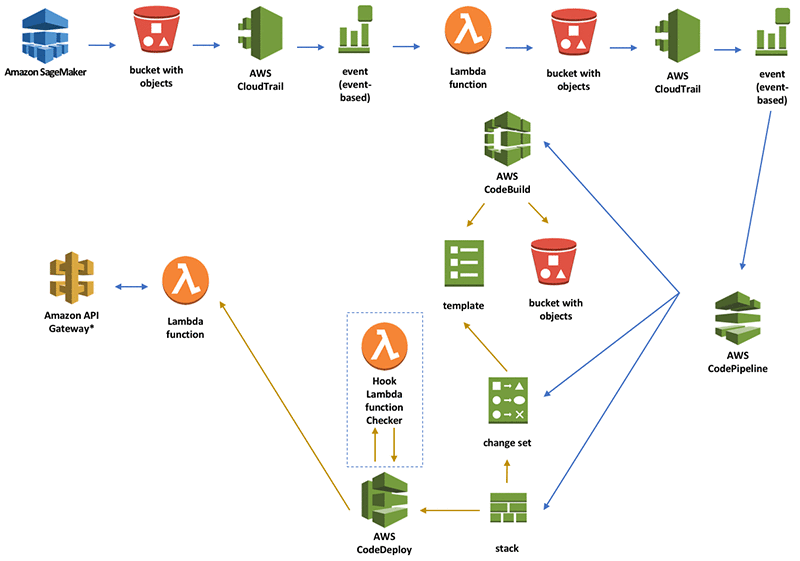Gemma 3: Google’s Open-Source AI Powerhouse for the Builders of Tomorrow
In the rapidly evolving domain of AI, each new model launched represents progress—or at least aims to be. When Google launches something new, everyone takes notice. The most recent gossip in the field of AI? Gemma 3, the latest version in Google’s range of open-source language models. Promoted as “built for builders,” Gemma 3 is more than just another AI tool; it serves as a strong foundation for developers, researchers, and creators seeking flexibility, performance, and transparency. Let’s break down what makes Gemma 3 significant and how it is destined to be crucial in the open-source AI revolution. What is Gemma 3? Gemma 3, Google’s third-generation open-source language model, aims to deliver state-of-the-art performance while being lightweight and easy for developers to work with. Gemma 3 is an open-weight model, in contrast to some of the more opaque commercial models from competitors. This allows developers to access its model parameters, retrain it, or fine-tune it for their specific applications. Gemma 3 is built upon the architecture and insights from Google DeepMind’s Gemini models (its premium, proprietary line), providing a “Gemini-inspired” structure internally. Gemma 3, though not multimodal like Gemini, is robust for text-based tasks and offers multilingual support, large context windows, and efficient training and deployment. Models and Sizes: Something for Everyone A great thing about Gemma 3 is that it’s not a one-size-fits-all solution. It comes in different sizes to accommodate a range of use cases—from compact models for edge devices to large models designed for research-intensive settings. • Gemma 3 Mini: Perfect for mobile and IoT applications, where efficiency is prioritized over raw power. •** Gemma 3 7B:** An ideal middle ground between size and capability—perfect for startups and individual developers aiming to create apps or services based on a robust, adaptable model. • Gemma 3 27B and up: Designed for businesses, laboratories, or those who require high performance and extended context windows (up to 128K tokens). Whether you're developing a chatbot, condensing legal texts, translating between languages, or coding, there's a Gemma 3 variant tailored to assist you in completing the task. Built with Responsibility in Mind With great power comes significant responsibility—particularly in the realm of AI. Safety, fairness, and transparency features have been deeply integrated into the design and launch of Gemma 3 by Google. It comprises: • RLHF (Reinforcement Learning from Human Feedback): **This method of training assists in ensuring that the model’s replies are consistent with human values and intentions. • **Thorough documentation: Incorporating model cards and safety assessments to ensure users grasp what they are dealing with. • Guardrails for deployment: Google provides guidelines and tools to guarantee the model's safe and ethical use. This strongly indicates the increasing need for responsible AI development, particularly in open-source ecosystems. Performance That Stands Out Though precise benchmark comparisons are still forthcoming, initial reports indicate that Gemma 3 goes head-to-head with other well-known open-source models such as Meta’s LLaMA 3 and Mistral. It excels especially in: • *Following instructions • Multilingual comprehension • Support for coding • Creation of content • Summarizing and reasoning * It is designed to perform efficiently on consumer and enterprise-grade GPUs and TPUs, facilitating integration with Google Cloud services or local development environments. Why Developers Love It The launching of Gemma 3 is about community as much as capability. Because Google decided to keep it open-weight, developers can: • Customize it for specialized fields (such as banking, healthcare, or legal). • To ensure compliance and data protection, deploy it locally. • Adjust it for experiments or study. For entrepreneurs, independent developers, and researchers that desire greater control, Gemma 3 provides a welcome dose of transparency and adaptability in a world where proprietary models are the talk of the town. Gemma 3 vs. the Competition Although the AI market is becoming more and more saturated, each model caters to a somewhat different market. This is how Gemma 3 compares to other well-known names: • Gemma 3 vs. LLaMA 3: Gemma 3 offers tighter integration with Google's tools and infrastructure, whereas LLaMA 3 may have a wider ecosystem because of Meta's quick deployment approach. • Gemma 3 vs. Mistral: Gemma 3 strikes a compromise between performance and fine-tuning versatility, whereas Mistral's models are renowned for their compact efficiency. • Gemma 3 vs. GPT-4: Although GPT-4 isn't open-source, it still performs better in terms of raw performance, particularly in multi-modal jobs. Gemma 3 wins if personalization and control are important. Conclusion: A Model for the Builders Gemma 3 is a statement rather than merely an

In the rapidly evolving domain of AI, each new model launched represents progress—or at least aims to be. When Google launches something new, everyone takes notice. The most recent gossip in the field of AI? Gemma 3, the latest version in Google’s range of open-source language models. Promoted as “built for builders,” Gemma 3 is more than just another AI tool; it serves as a strong foundation for developers, researchers, and creators seeking flexibility, performance, and transparency.
Let’s break down what makes Gemma 3 significant and how it is destined to be crucial in the open-source AI revolution.
What is Gemma 3?
Gemma 3, Google’s third-generation open-source language model, aims to deliver state-of-the-art performance while being lightweight and easy for developers to work with. Gemma 3 is an open-weight model, in contrast to some of the more opaque commercial models from competitors. This allows developers to access its model parameters, retrain it, or fine-tune it for their specific applications.
Gemma 3 is built upon the architecture and insights from Google DeepMind’s Gemini models (its premium, proprietary line), providing a “Gemini-inspired” structure internally. Gemma 3, though not multimodal like Gemini, is robust for text-based tasks and offers multilingual support, large context windows, and efficient training and deployment.
Models and Sizes: Something for Everyone
A great thing about Gemma 3 is that it’s not a one-size-fits-all solution. It comes in different sizes to accommodate a range of use cases—from compact models for edge devices to large models designed for research-intensive settings.
• Gemma 3 Mini: Perfect for mobile and IoT applications, where efficiency is prioritized over raw power.
•** Gemma 3 7B:** An ideal middle ground between size and capability—perfect for startups and individual developers aiming to create apps or services based on a robust, adaptable model.
• Gemma 3 27B and up: Designed for businesses, laboratories, or those who require high performance and extended context windows (up to 128K tokens).
Whether you're developing a chatbot, condensing legal texts, translating between languages, or coding, there's a Gemma 3 variant tailored to assist you in completing the task.
Built with Responsibility in Mind
With great power comes significant responsibility—particularly in the realm of AI. Safety, fairness, and transparency features have been deeply integrated into the design and launch of Gemma 3 by Google. It comprises:
• RLHF (Reinforcement Learning from Human Feedback): **This method of training assists in ensuring that the model’s replies are consistent with human values and intentions.
• **Thorough documentation: Incorporating model cards and safety assessments to ensure users grasp what they are dealing with.
• Guardrails for deployment: Google provides guidelines and tools to guarantee the model's safe and ethical use.
This strongly indicates the increasing need for responsible AI development, particularly in open-source ecosystems.
Performance That Stands Out
Though precise benchmark comparisons are still forthcoming, initial reports indicate that Gemma 3 goes head-to-head with other well-known open-source models such as Meta’s LLaMA 3 and Mistral. It excels especially in:
• *Following instructions
• Multilingual comprehension
• Support for coding
• Creation of content
• Summarizing and reasoning *
It is designed to perform efficiently on consumer and enterprise-grade GPUs and TPUs, facilitating integration with Google Cloud services or local development environments.
Why Developers Love It
The launching of Gemma 3 is about community as much as capability. Because Google decided to keep it open-weight, developers can:
• Customize it for specialized fields (such as banking, healthcare, or legal).
• To ensure compliance and data protection, deploy it locally.
• Adjust it for experiments or study.
For entrepreneurs, independent developers, and researchers that desire greater control, Gemma 3 provides a welcome dose of transparency and adaptability in a world where proprietary models are the talk of the town.
Gemma 3 vs. the Competition
Although the AI market is becoming more and more saturated, each model caters to a somewhat different market. This is how Gemma 3 compares to other well-known names:
• Gemma 3 vs. LLaMA 3: Gemma 3 offers tighter integration with Google's tools and infrastructure, whereas LLaMA 3 may have a wider ecosystem because of Meta's quick deployment approach.
• Gemma 3 vs. Mistral: Gemma 3 strikes a compromise between performance and fine-tuning versatility, whereas Mistral's models are renowned for their compact efficiency.
• Gemma 3 vs. GPT-4: Although GPT-4 isn't open-source, it still performs better in terms of raw performance, particularly in multi-modal jobs. Gemma 3 wins if personalization and control are important.
Conclusion: A Model for the Builders
Gemma 3 is a statement rather than merely an update. Google's decision to increase its focus on open-source innovation is noteworthy in a time when the industry is dominated by proprietary AI solutions. Gemma 3 gives developers and researchers the ability to create, explore, and push limits with its combination of performance, safety, and accessibility.



















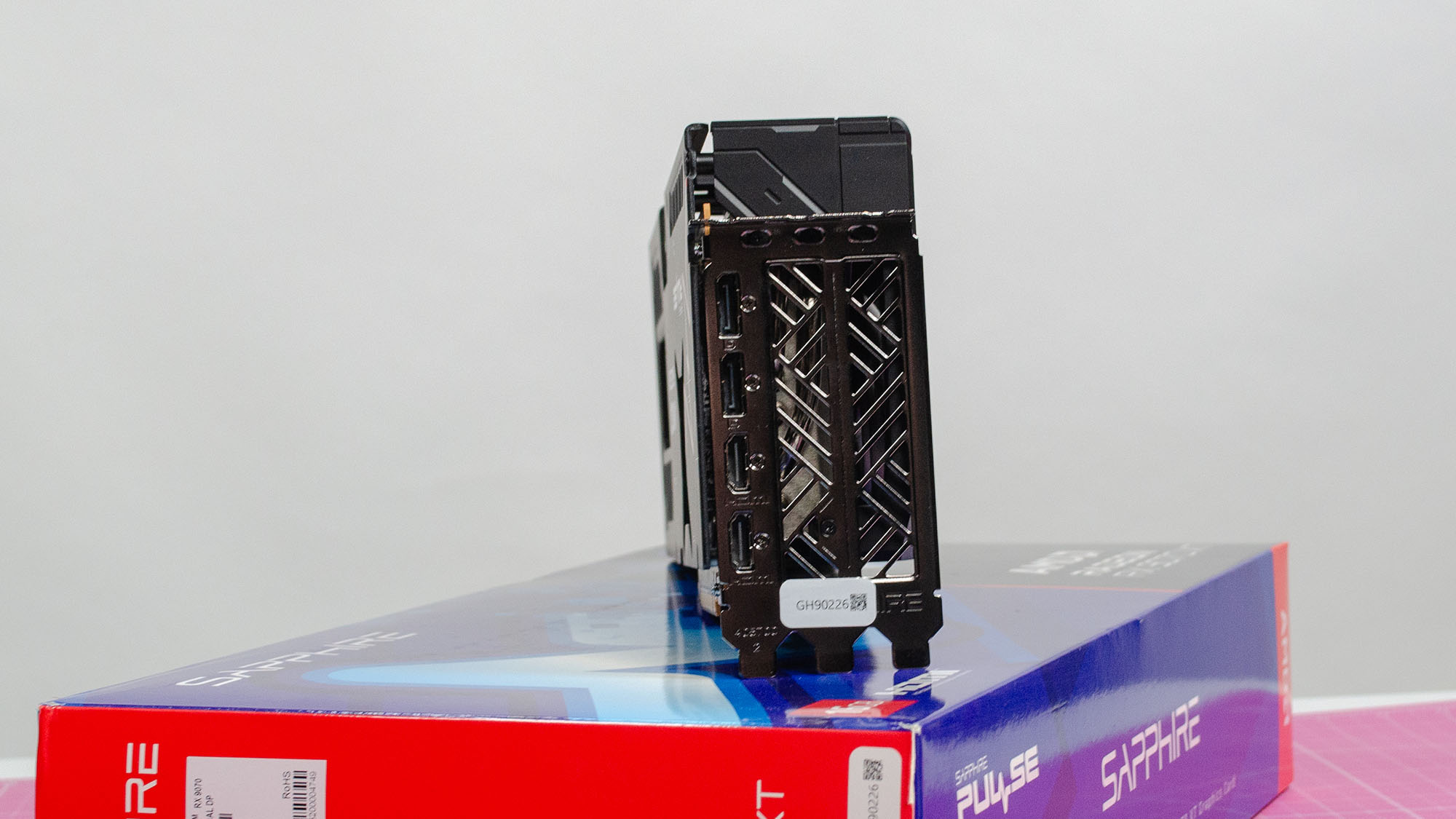





















































































































































![[The AI Show Episode 144]: ChatGPT’s New Memory, Shopify CEO’s Leaked “AI First” Memo, Google Cloud Next Releases, o3 and o4-mini Coming Soon & Llama 4’s Rocky Launch](https://www.marketingaiinstitute.com/hubfs/ep%20144%20cover.png)
































































































































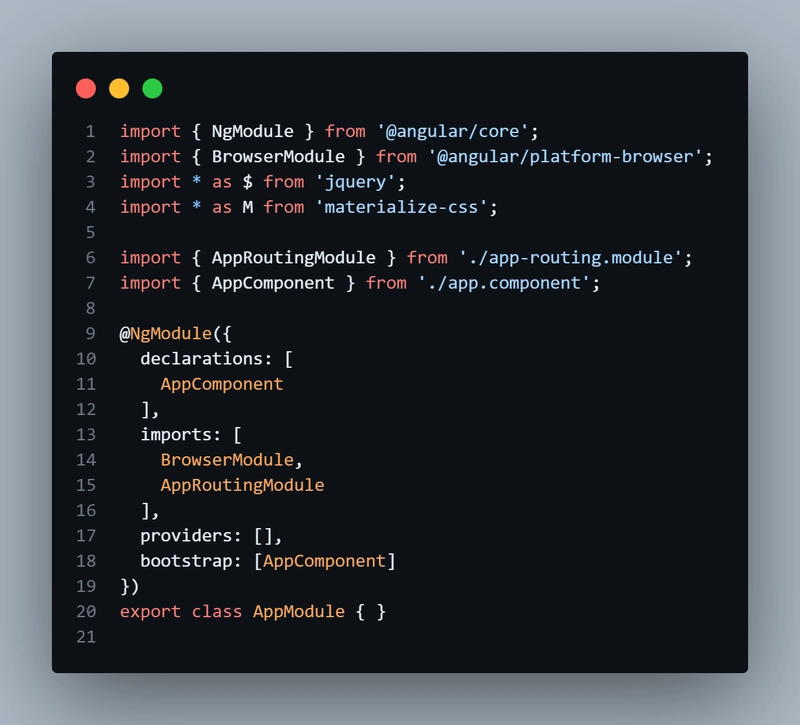
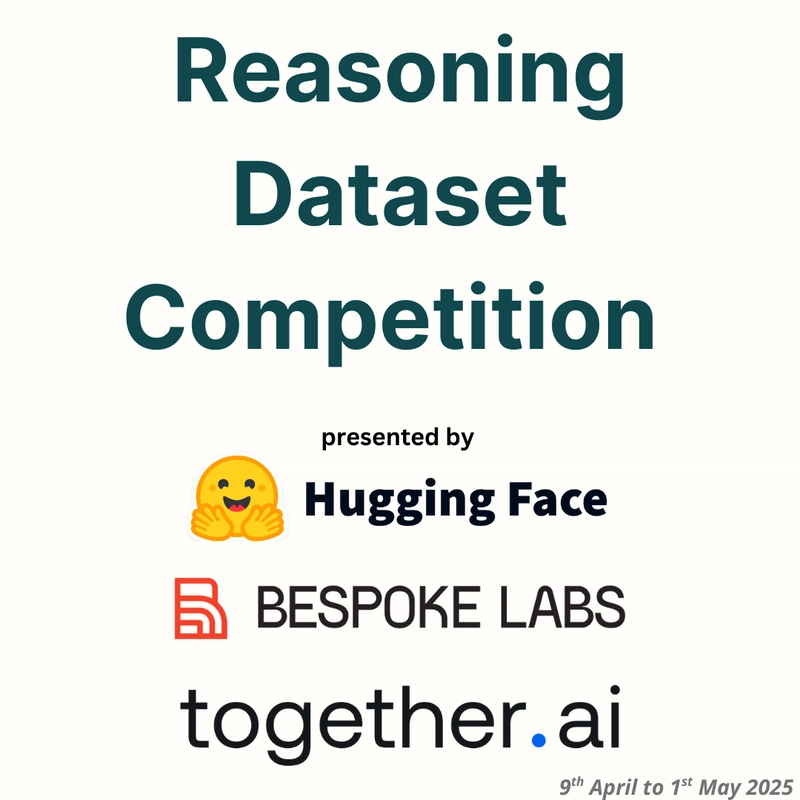
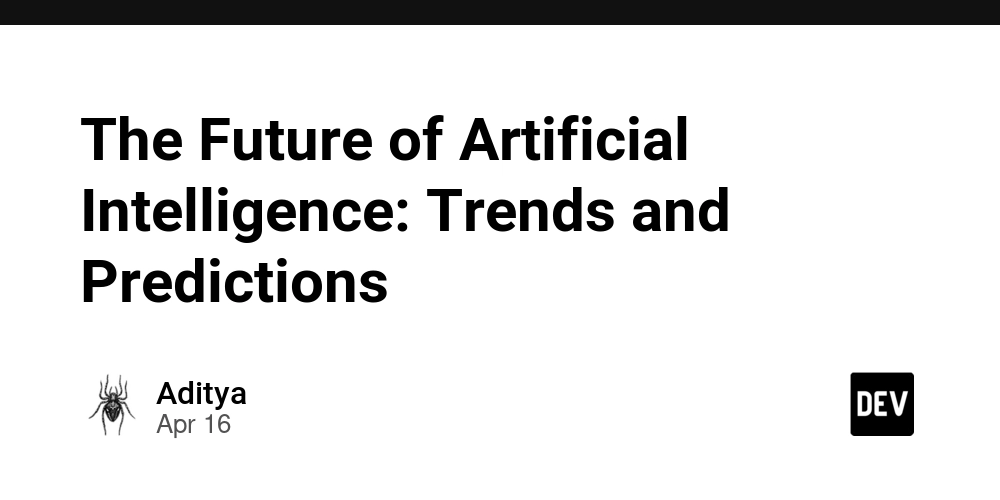































































![Blue Archive tier list [April 2025]](https://media.pocketgamer.com/artwork/na-33404-1636469504/blue-archive-screenshot-2.jpg?#)































.png?#)









.png?width=1920&height=1920&fit=bounds&quality=70&format=jpg&auto=webp#)




























.webp?#)










































































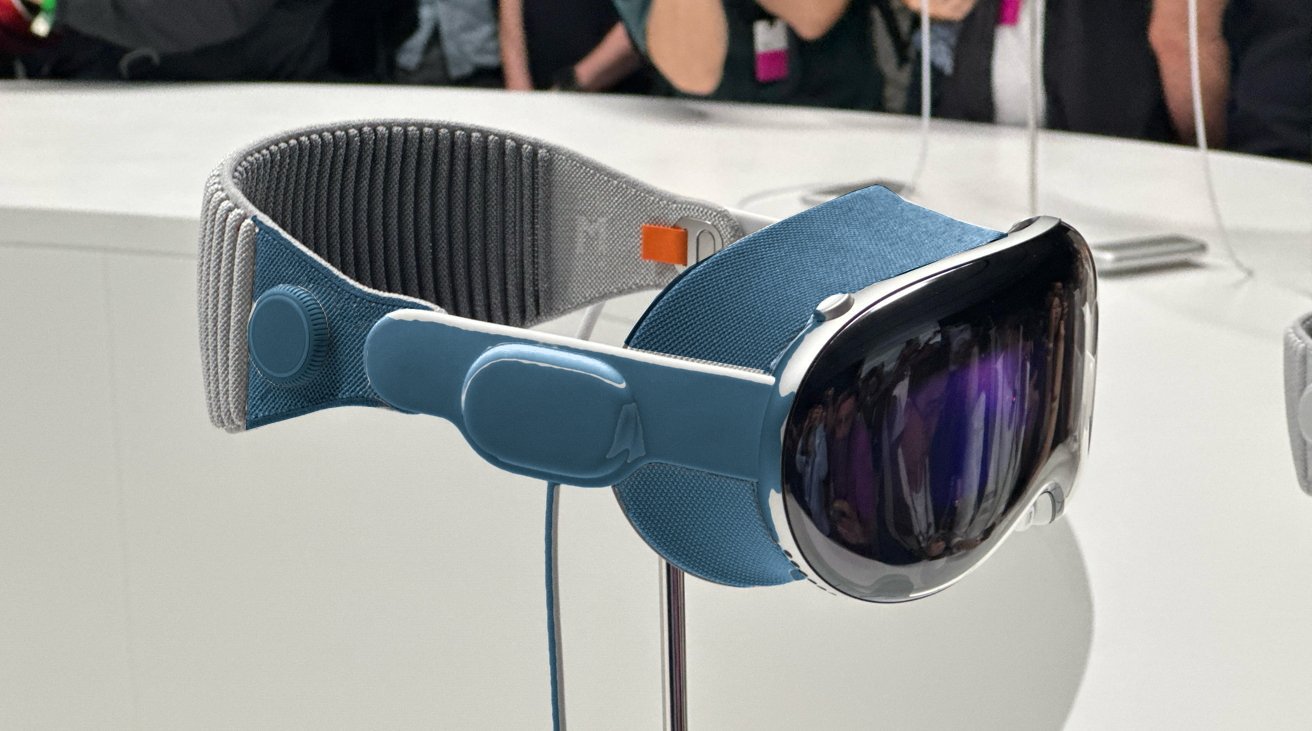

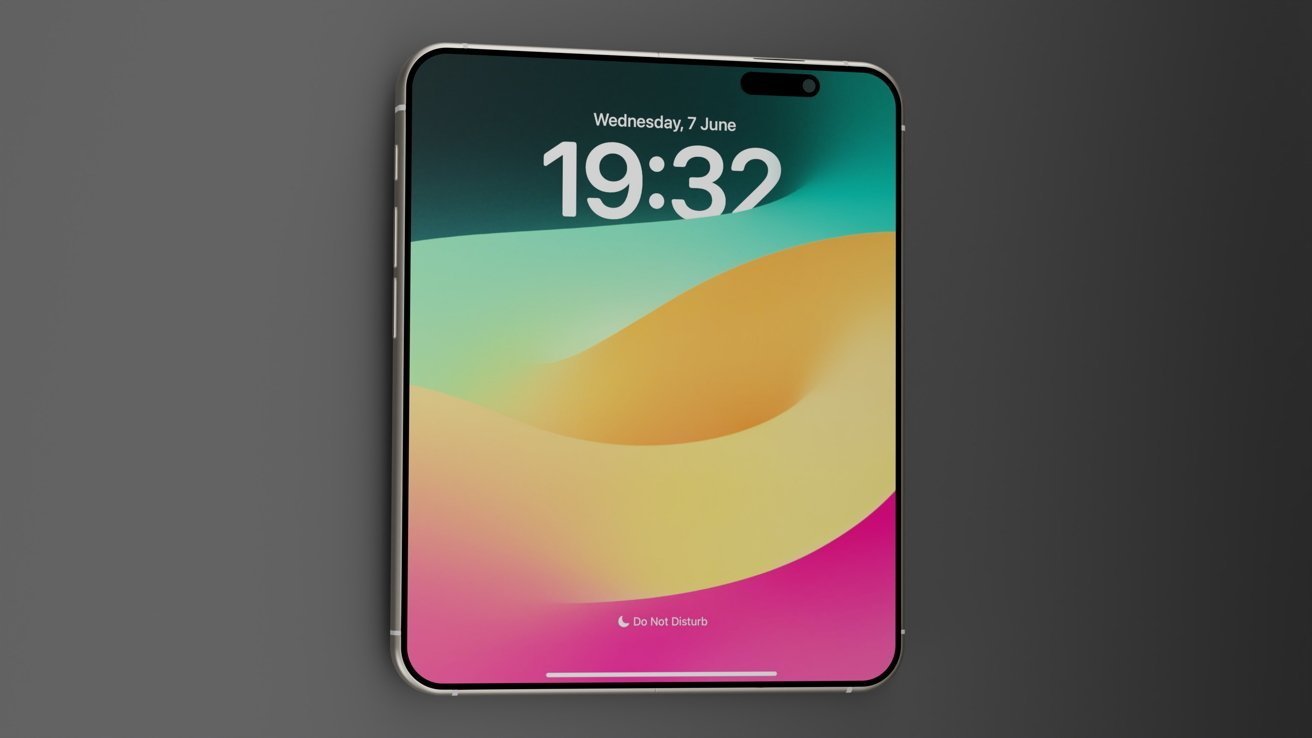






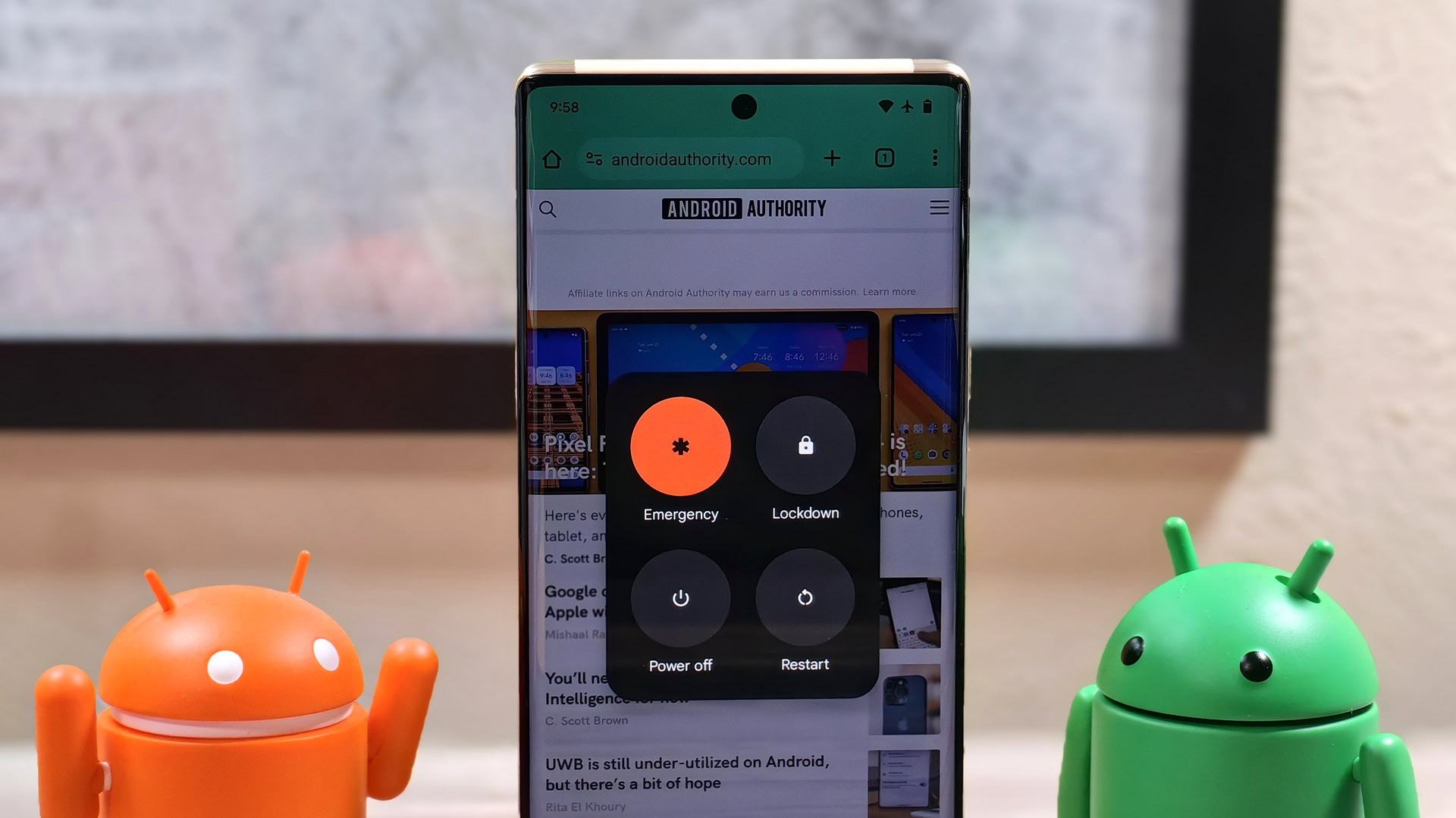

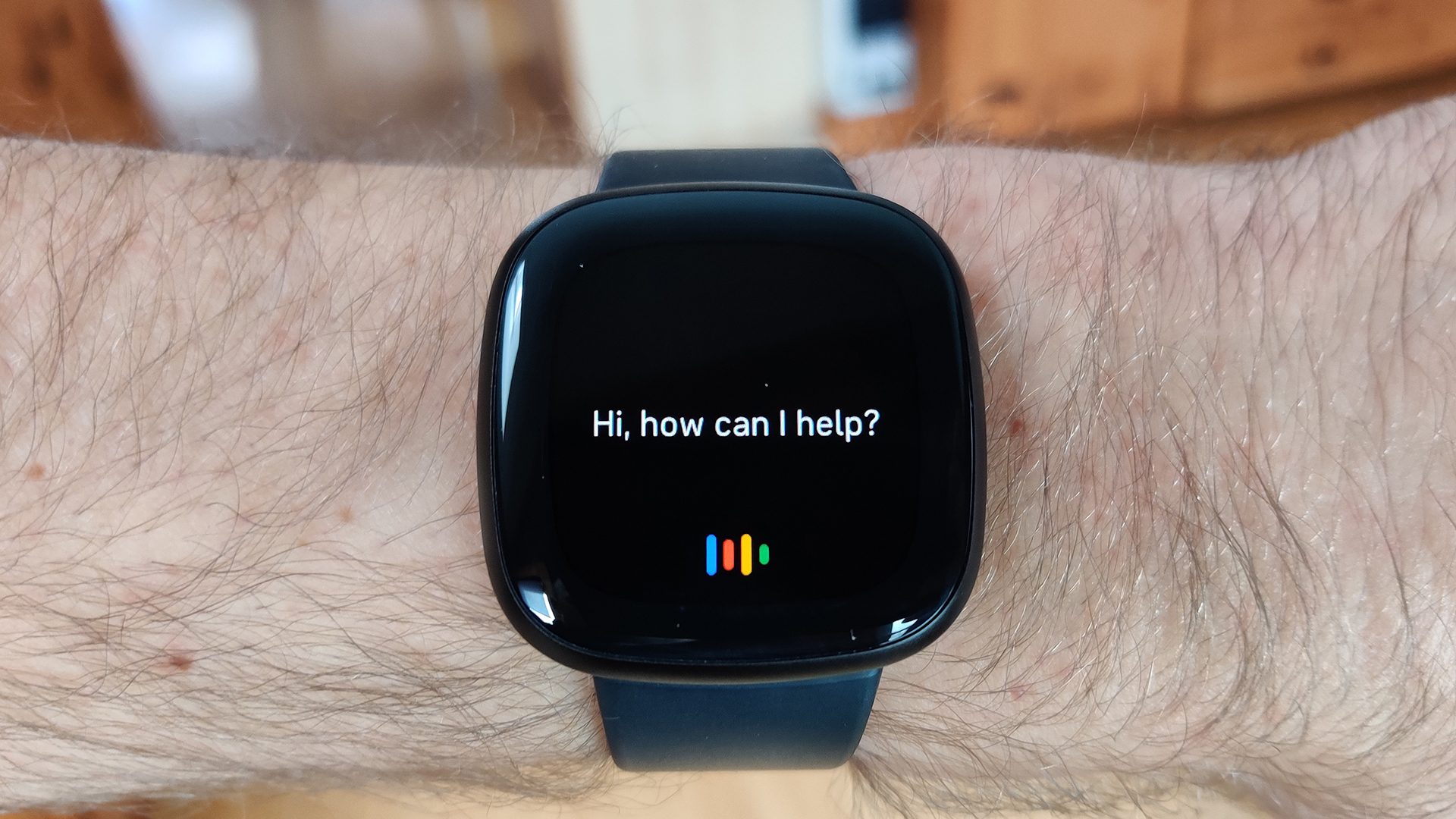
![PSA: It’s not just you, Spotify is down [U: Fixed]](https://i0.wp.com/9to5mac.com/wp-content/uploads/sites/6/2023/06/spotify-logo-2.jpg?resize=1200%2C628&quality=82&strip=all&ssl=1)



![[Update: Optional] Google rolling out auto-restart security feature to Android](https://i0.wp.com/9to5google.com/wp-content/uploads/sites/4/2025/01/google-play-services-2.jpg?resize=1200%2C628&quality=82&strip=all&ssl=1)













![Apple Vision 'Air' Headset May Feature Titanium and iPhone 5-Era Black Finish [Rumor]](https://www.iclarified.com/images/news/97040/97040/97040-640.jpg)


![Apple to Split Enterprise and Western Europe Roles as VP Exits [Report]](https://www.iclarified.com/images/news/97032/97032/97032-640.jpg)









































































































